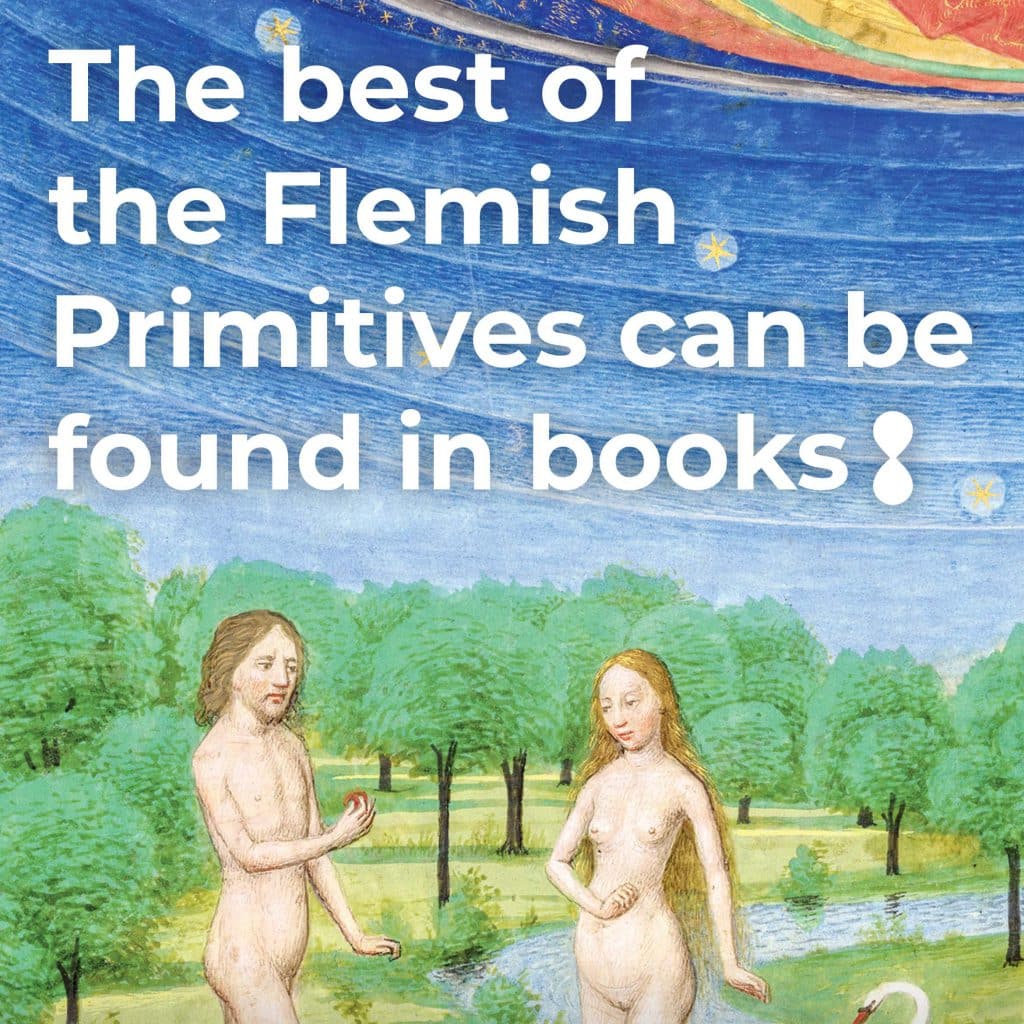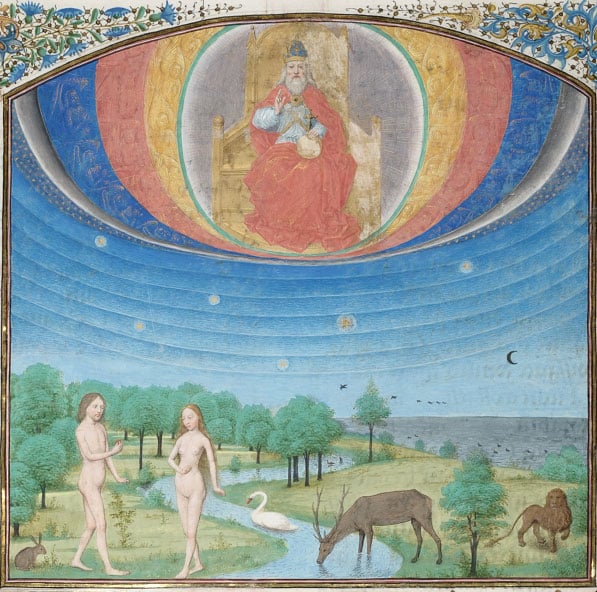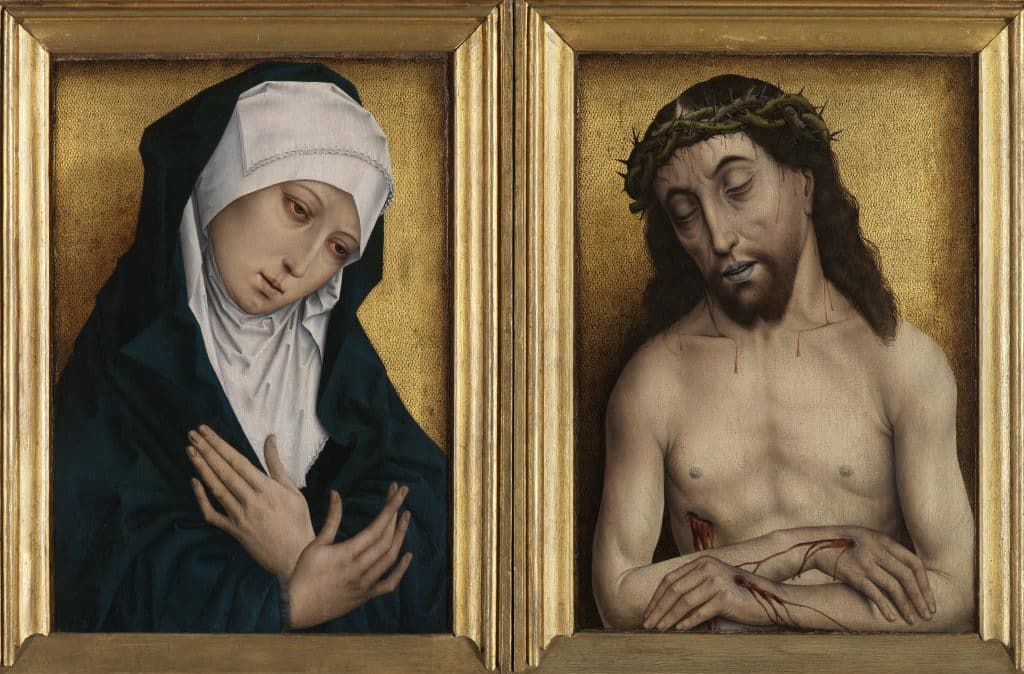Medieval manuscripts go on public view at Brussels' new KBR ...
www.thebulletin.be › medieval-manu...
2020/09/13 — A new museum opening in Brussels this May will open up a hidden treasure to the public: an extraordinary ... "I think it will be interesting to adapt it to the times - so it will always be new for the public who can come back and ...
KBR. KBR is the national scientific library and collects all Belgian publications. The institution preserves, manages and studies more than 8 million documents, a rich cultural and historical heritage. As a national library, the KBR acquires, ...
The KBR, Royal Library of Belgium, opens its own museum in Brussels. The museum is devoted to the richly decorated manuscripts of the Burgundian court.
2020/09/29 — The KBR Museum invites the public to discover a national treasure hidden for 600 years: the Library of the Dukes of Burgundy and its fabulous collection of fifteenth century manuscripts. With the opening of this new museum, ...
Medieval manuscripts go on public view at Brussels' new KBR Museum
A new museum opening in Brussels this May will open up a hidden treasure to the public: an extraordinary 600-year-old collection of manuscripts.
The Royal Library of Belgium is now called KBR - and the new name indicates a broadening of its mission. It will remain an essential place of research with its eight million documents but will also provide a complete cultural programme which will be centred around the new KBR Museum opening on 18 September.
The museum will offer the opportunity to discover more about Europe's medieval cultural past. It will also provide spaces for professional meetings and leisure activities. For instance, the fifth floor employee cafeteria with its stunning view of Brussels and immense terrace will no longer be a secret gem known to few, but will become a full-fledged restaurant.
The best of the Flemish Primitives can be found in books
Everyone knows Jan van Eyck, but the miniaturists responsible for producing illuminated manuscripts, are every bit as impressive.
In the 15th century, the miniaturists – painters of books – joined the movement of the Flemish Primitives. The artists that are employed by the dukes of Burgundy to illuminate their manuscripts were just as famous as Jan Van Eyck or Rogier van der Weyden at the time.

Cultural bloom
In parallel with the Italian Renaissance, a center of intellectual renewal is developing in the north in the 15th century. The dynamics of the Burgundian era are a real turning point in history and manifest themselves in all artistic domains. It is particularly expressed in the art of illumination.

Interaction between artistic professions
Painters working on an easel, illuminators and sculptors do not each sit separately in their own corner. On the contrary, there is great interaction between the artists. They exchange sketchbooks, copy the same models, share ideas and their view of the world with each other, as well as the rules for representing that world. Artists who practice different disciplines are no exception at all.
The 15th-century book market comes into the hands of craftsmen and women in the cities. Writers, copyists and miniature painters ensure exceptional production methods. Book of hours and works on devotion and morality remain the most popular, but in fact all literary genres are represented.

The Flemish Primitives
The term Flemish Primitives is an invention from the 19th century and refers to painters who were active in the Southern Netherlands during the 15th century, where the Burgundian dukes ruled. With figureheads such as Jan van Eyck, Rogier van der Weyden, Dirk Bouts and Hans Memling, these painters provided the art of painting with many innovations.
With the striking exception of the use of oil as a binder for the colors, we find these developments in the paintings with which the manuscripts are illuminated: miniatures. Realistic representations, an eye for detail, working with light and colored layers pleasure the reader of the books with a striking beauty. Other characteristics of the Flemish Primitives can also be found in these illustrations, such as the fact that religious scenes are depicted in a daily environment with which the viewer is familiar, or the emphasis that is often placed on architecture.
At the KBR museum, you can see with your own eyes whether the best work of the Flemish Primitives can indeed be found in manuscripts.
Get to know the KBR museum through a series of facts that take you back to the time of the Burgundian dukes. Discover the knowledge hidden in the manuscripts of their library and learn more about the themes in the museum.



沒有留言:
張貼留言